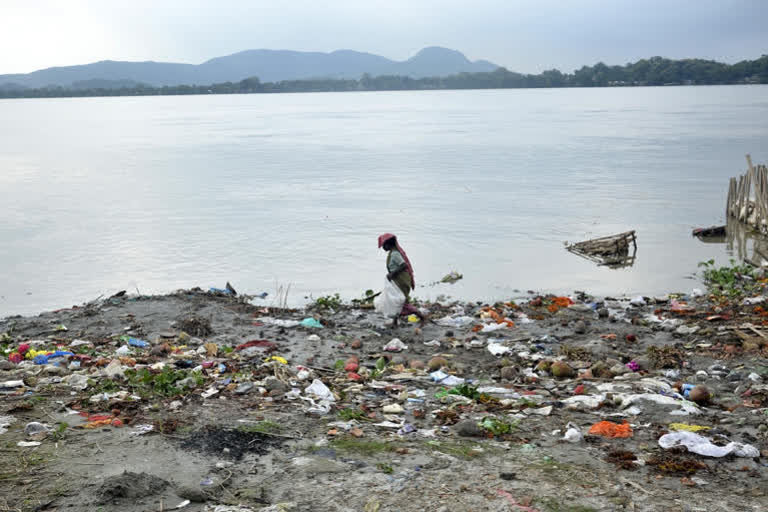Hyderabad: Water remains one of the most poorly managed resources on earth. Groundwater, rivers, canals, lakes, ponds and canals are heavily polluted due to human activity. 60 per cent of water resources worldwide are already contaminated. If the situation is not reversed, the latest studies warn, that we may run out of safe water by 2050. Water pollution occurs when harmful substances like chemicals dissolve a stream, river, lake, ocean or aquifer.
Several experts concluded that water pollution was the cause of the recent outbreak of mystery illness in Eluru. Lab tests of water samples reported the presence of organochlorine pesticides, mercury, nickel and lead beyond permissible limits.
In 2013, Ocean Index Health team surveyed 171 countries to understand the global state of the world’s oceans. Russia topped the index while India stood at 162. Urbanization, industrialization, agrochemicals and industrial wastes are the major causes of water pollution in the country.
Until a few years ago, dead fish in farm canals was a common sight. Heavy use of pesticides and fertilizers poisoned surrounding water sources and killed aquatic life and birds in the vicinity of agricultural farms.
Snails, leeches and elk snakes are fast disappearing.
The majority of the Indian rivers are laden with toxic residues. When polluted water is used for cultivation, the toxins become a part of the food chain. Untreated water from leather, fertilizer, chemical and plastic industries is being dumped into the rivers.
READ: WATCH: Toxic foam scatters over bridge in Madurai's Sellur
Even in villages and small towns, untreated sewage water is discharged into rivers through sewers. Riverbanks are filled with plastic covers and municipal solid waste.
In fact, earth has a mechanism to filter out wastes and infuse clean water back into the soil. As muddy sewers and drains disappeared; sewage and industrial water is directly going into the rivers. On average, the daily per capita water consumption in India is 135 to 150 litres.
According to the Central Pollution Control Board, the country consumes 26,000 tons of plastic products a day of which only 7,800 tons gets recycled. The remaining 18,200 tons is dumped into landfills, rivers and oceans. Plastic items can take up to 450 years to decompose.
These plastic wastes release harmful chemicals into the surrounding soil, which can then seep into groundwater and have long-term negative effect on ecosystems.
The Water Pollution Control and Prevention Act came into force in 1974 in India.
Environmental Protection Act 1986, Hazardous Wastes (Management and Handling) Act 1989, Manufacture, Storage and Import of Hazardous Chemical Rules 1989, Forest Conservation Act 1970, Wildlife Protection Act 1972 and Biological Diversity Act 2002 give clear directives about preventing water pollution.
Millions of people around the world still use polluted water. Annually, contaminated water causes millions of deaths from diseases such as cholera, typhoid and dysentery. Most of the victims are children under the age of five.
In such circumstances, there is a need to enforce stricter laws and create public awareness through campaigns to make everyone aware of their responsibility towards water conservation.



